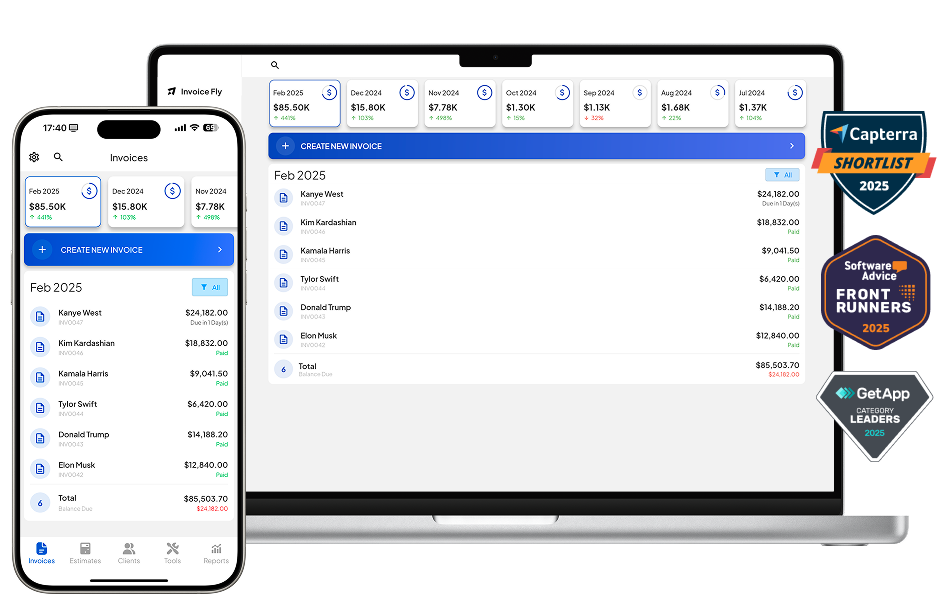- Home
- »
- Glossary Of Terms
- »
- Form Tax W-9
IRS Form W-9: Request for Taxpayer Identification Number (TIN) and Certification
Form W-9 is an IRS document U.S. payers use to collect a payee’s Taxpayer Identification Number (TIN) and certification. It’s typically requested from independent contractors, freelancers, vendors, single-member LLCs, partnerships, corporations, and nonprofits so the payer can report payments on the appropriate Form 1099.
Who completes a W-9—and who requests it?
- Completed by: U.S. persons (individuals and entities), including sole proprietors, LLCs, partnerships, corporations, and tax-exempt organizations.
- Requested by: Clients, marketplaces, banks, and payers that need your name/TIN to report income (e.g., 1099-NEC for contractor payments, 1099-MISC for certain other payments, 1099-INT for bank interest).
When a W-9 is needed?
- Before paying an independent contractor or vendor (often when total yearly payments may reach $600+).
- During vendor onboarding or account setup (e.g., payment platforms, agencies).
- For banks/brokers to report interest/dividends or certain account activity.
What information Form W-9 collects
- Line 1: Legal name (as shown on your tax return).
- Line 2: Business name or disregarded entity name (if different).
- Line 3: Federal tax classification (Individual/sole proprietor or single-member LLC, C corp, S corp, Partnership, Trust/estate, or LLC with tax class C/S/P). Nonprofits typically indicate their exempt status via the exemption line.
- Exemptions: Exempt payee code/FATCA code (if applicable—often used by certain tax-exempt organizations and financial institutions).
- Address: Number, street, city, state, ZIP.
- TIN: SSN for individuals/sole proprietors or EIN for entities.
- Certification: Signature and date, confirming the TIN and backup-withholding status.
How to fill out Form W-9 (step by step)
- Enter your legal name exactly as shown on your federal tax return (Line 1).
- If you use a business or DBA name, put it on Line 2.
- Check your federal tax classification (Line 3). For a single-member LLC, either select “Individual/sole proprietor or single-member LLC” or select “LLC” and specify the tax class (C/S/P) if applicable.
- Complete address and any account number(s) your payer uses to identify you.
- Provide your TIN (SSN or EIN) in the appropriate boxes.
- Sign and date the certification. Unsigned forms are invalid.
W-9 vs. W-8 (non-U.S. payees)
Do not use a W-9 if you are a non-U.S. person. Non-U.S. individuals and entities generally provide a Form W-8 series (e.g., W-8BEN/W-8BEN-E) instead.
Backup withholding (important)
If you don’t provide a correct name/TIN, or if the IRS notifies the payer that you’re subject to backup withholding, the payer may have to withhold a flat percentage from your payments. Providing an accurate, signed W-9 helps avoid this.
Privacy & security tips
- Send your W-9 through a secure portal or encrypted channel—avoid plain email attachments.
- Share only with legitimate requesters (clients, payers, banks) who need your TIN for IRS reporting.
- Update your W-9 if your name, address, tax classification, or TIN changes.
Where to get the fillable PDF
You can download the current fillable PDF of Form W-9 directly from the IRS website. Keep a copy for your records and provide an updated form when requested.
Related terms
Taxpayer Identification Number (TIN), SSN, EIN, independent contractor, 1099-NEC, 1099-MISC, backup withholding, nonprofit organization, vendor onboarding, fillable PDF.

FAQs Form Tax W-9
Form W-9 is an IRS document used to collect a taxpayer’s identification information (TIN, usually an SSN or EIN) from U.S. persons, freelancers, independent contractors, and vendors. It allows businesses to properly report payments to the IRS via Form 1099.
Any U.S. individual or entity (freelancer, contractor, consultant, vendor, or sole proprietor) who receives payments outside of standard payroll typically needs to provide a W-9 to the business paying them.
The IRS provides a free fillable version of Form W-9 on its official website (irs.gov). Businesses can also send a blank copy directly to contractors or vendors to complete.
A W-9 form is given so that the paying business can accurately report payments to the IRS. Without it, the payer may have to apply backup withholding (a flat 24% tax) on payments.
There is no minimum threshold for requesting a W-9. However, businesses generally request it when they expect to pay $600 or more in a tax year, since those payments trigger the obligation to issue a Form 1099.
Filling out a W-9 itself does not mean you pay taxes immediately. It simply provides your tax ID. Taxes depend on your overall income, deductions, and credits. Independent contractors report this income on Schedule C and pay both income tax and self-employment tax.

Other Free Resources

Try Invoice Fly Today
- Send quotes & invoices in seconds
- Collect card & online payments
- Receive instant notifications
- Win more jobs

